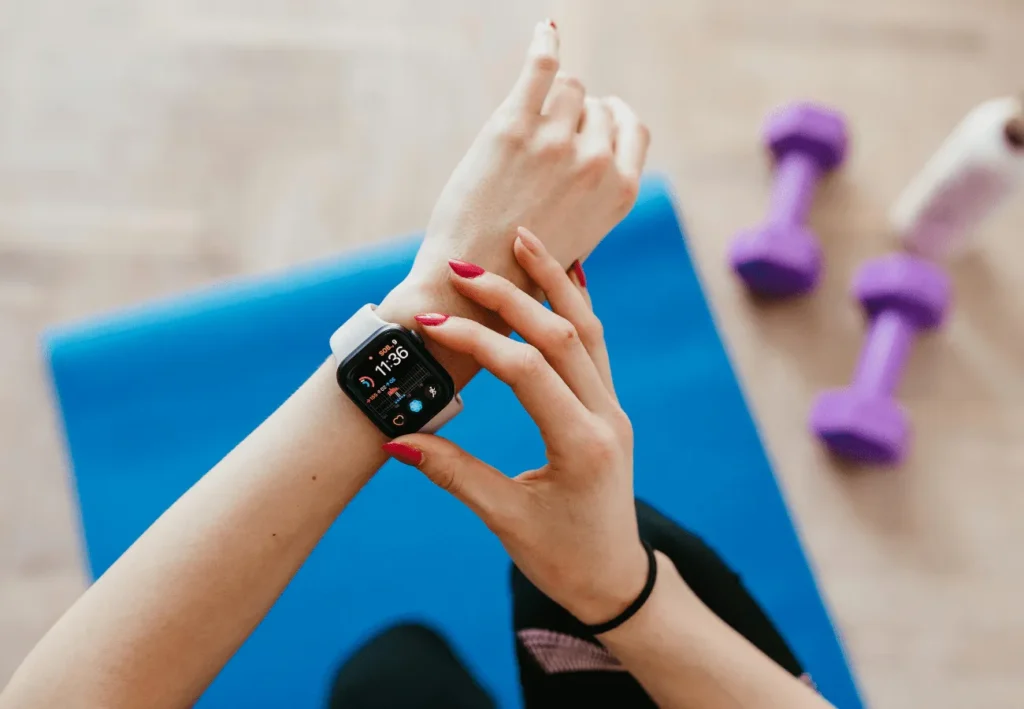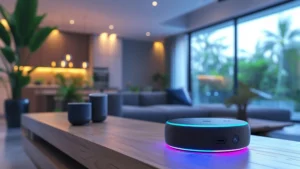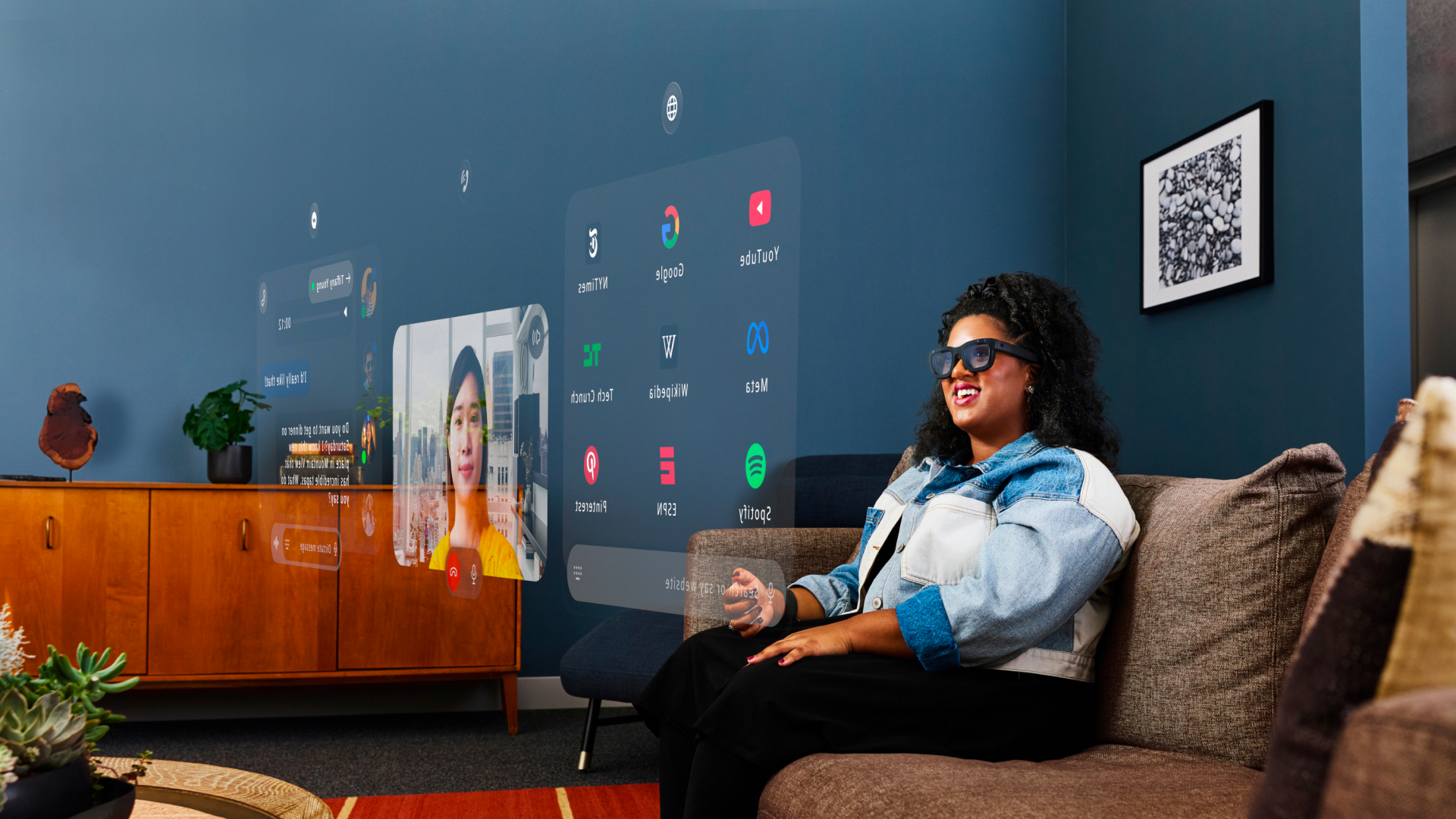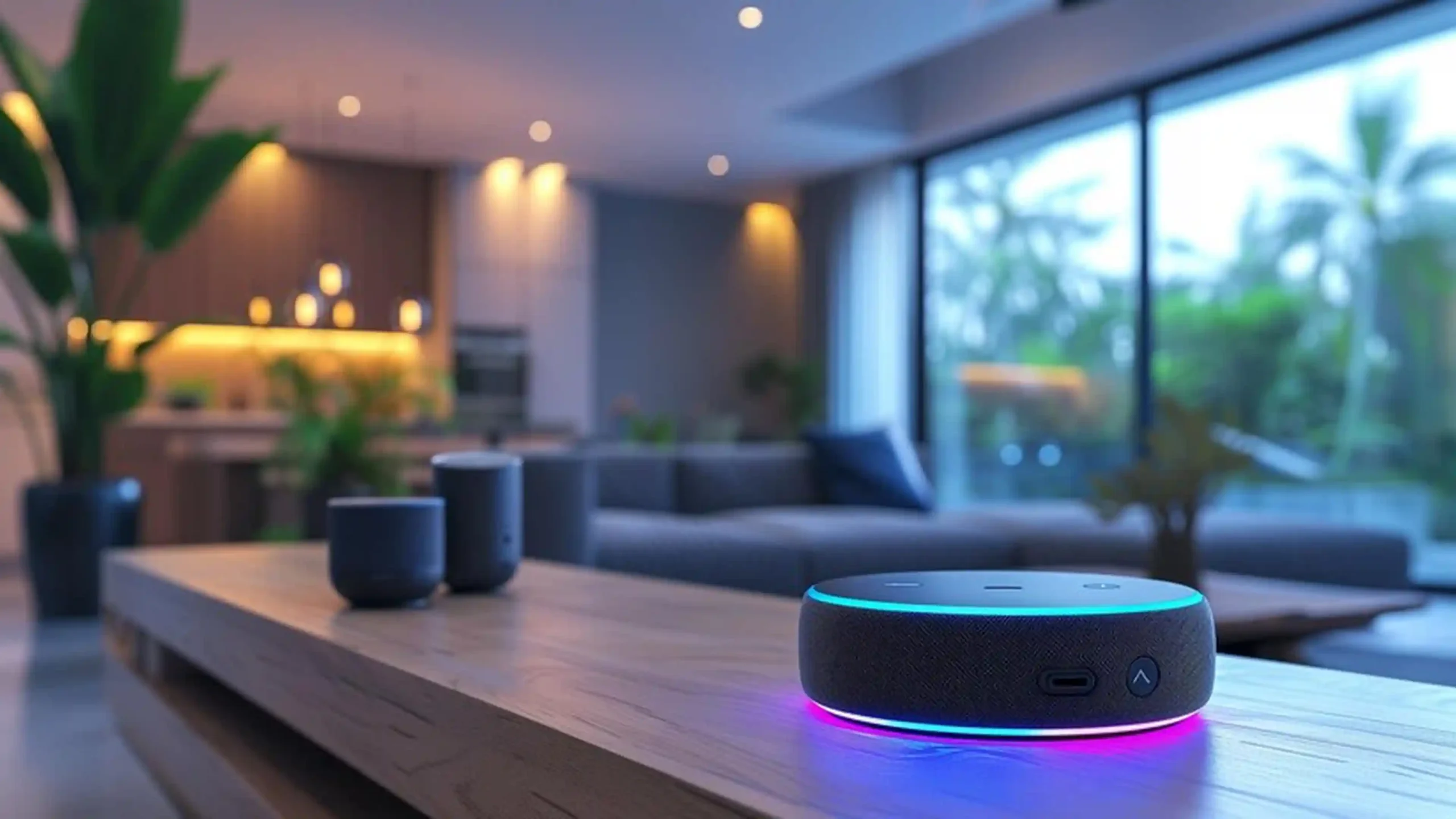The year 2025 has dawned, and with it, a new era for personal technology. Remember when “wearable tech” just meant a simple fitness tracker? Today, the landscape is so much richer and more integrated into our daily lives. From the sleekest smartwatches to discreet smart rings and even innovative smart clothing, these devices are no longer just for tech enthusiasts. They are becoming essential tools for health, productivity, and staying connected in a world that never stops moving.
This isn’t about replacing your smartphone—it’s about supplementing it. Wearable technology in 2025 is all about subtle, seamless integration. The focus has shifted from flashy screens to powerful, on-the-go data collection and personalized insights. Whether you’re a busy professional, a dedicated athlete, or someone simply keen on improving your well-being, there’s a wearable designed for you. Let’s dive deep into what’s new and what’s next in the exciting world of smart devices you can wear.
The Top Wearable Technology Trends in 2025
The wearable technology market is experiencing rapid growth, driven by key innovations that are making these devices more powerful and more useful than ever. One of the most significant trends is the increased focus on health and wellness. Wearables are moving beyond simple step counting to provide medical-grade data and proactive health insights. Another major trend is the miniaturization of technology, allowing for devices like smart rings and even smart clothing to offer powerful tracking without the bulk of a traditional smartwatch. Furthermore, the integration of AI is transforming how this data is analyzed, providing users with personalized and actionable feedback.

Best Smartwatches for 2025: What to Look For
Smartwatches remain the heavyweight champions of the wearable tech industry. They’ve evolved from simple notification hubs into sophisticated health and wellness companions. The newest models hitting the market in 2025 are pushing the boundaries of what’s possible, with advancements in sensor technology and AI-driven health analytics. You’ll find smartwatches this year with more accurate heart rate and blood oxygen sensors than ever before. Many now offer advanced features like on-demand ECG readings, continuous glucose monitoring, and even skin temperature tracking to help predict the onset of illness. Battery life, a perennial pain point, has also seen significant improvements. Top models now boast multi-day battery life, making them more practical for all-day use and sleep tracking.
For Android users, the new Google Pixel Watch 4 and Samsung Galaxy Watch Ultra are leading the pack, offering seamless integration with Wear OS and a suite of powerful health features. On the Apple side, the rumored Apple Watch Series 11 is expected to deliver a thinner, lighter design with an even brighter, more expansive display. For a detailed comparison of the newest devices, you should check out our deep dive into the best gadgets of the year. Our review team at [deepdiveinsight.com/] is always on the lookout for the latest and greatest.

The Latest and New Smart Rings in 2025
While smartwatches have dominated the spotlight, a quieter revolution has been taking place on a different digit: your finger. Smart rings are quickly emerging as a favorite for those who want powerful health tracking without the distraction of a screen. These discreet devices offer a wealth of data, focusing primarily on sleep quality, activity levels, and stress.
This year, smart rings like the Oura Ring 4 and Samsung Galaxy Ring are at the forefront. They use advanced sensors to monitor heart rate, heart rate variability (HRV), and skin temperature with impressive accuracy. The real magic, however, lies in their companion apps. These apps use AI to translate raw data into easy-to-understand “readiness” or “sleep” scores, offering actionable advice to help you feel your best. The appeal is simple: you can wear a smart ring all day and night without it getting in the way. They’re perfect for those who find a large watch cumbersome during workouts or sleep. With advancements in miniaturization and battery technology, many smart rings now offer several days of battery life on a single charge, making them a truly set-it-and-forget-it wearable.

Beyond the Wrist and Finger: smart clothing and hearables 2025
Wearable technology isn’t just about what you can strap on. The market is expanding into devices that feel more like a natural part of your attire.
- Smart Clothing and Apparel: Imagine a t-shirt that measures your posture throughout the day or socks that analyze your running form. This is becoming a reality in 2025. Brands are integrating biometric sensors directly into fabrics to provide real-time data on everything from muscle activity to breathing rate. This is particularly exciting for professional athletes and physical therapists, but the technology is also becoming more accessible to the everyday consumer.
- Hearables: These aren’t just headphones anymore. The latest generation of hearables—wireless earbuds and hearing aids—can also monitor your heart rate, track your steps, and even provide real-time language translation. They’re a prime example of how wearable tech is merging with existing accessories to add layers of new functionality.
These are the innovations that are truly pushing the boundaries of what wearable tech can do, transforming passive clothing and accessories into active health-monitoring tools.
The 2025 Wearable Device Market and Future Outlook
The wearable device market in 2025 is stronger than ever. The segment is no longer just for early adopters; it has become a mainstream consumer category. Analysts predict continued growth, with a strong focus on health-related features, AI-powered insights, and seamless integration into our daily lives. As the technology becomes more affordable and reliable, we can expect to see an even wider range of devices available to suit every need and budget. The market is also seeing a shift towards devices that offer more discreet and comfortable form factors, such as rings and smart apparel. This is a clear indicator that wearable technology is evolving to become a more organic and natural part of our lives, rather than a separate gadget.
Finding the Best Deals on Wearable Technology
With so many new products hitting the market, it’s a great time to be a consumer. But how can you get the best deal?The key is to stay informed about sales, seasonal promotions, and special offers. Many of the top brands, from Apple to Garmin, have sales around holidays like Black Friday, Cyber Monday, and even smaller holidays throughout the year.
Before you make a purchase, be sure to visit our dedicated coupons site at [coupons.deepdiveinsight.com]. We regularly update it with discounts and special offers on everything from the latest smartwatches to popular fitness trackers. You might find a coupon for that new smart ring you’ve had your eye on or a great deal on a bundle that includes a wearable and a year’s subscription to its premium health service.
Key Features to Look for in Wearable Tech in 2025
When you’re ready to buy, here are some key features to consider:
- Health and Wellness Focus: Do you want to track basic activity, or are you looking for advanced metrics like ECG, stress monitoring, or sleep analysis?
- Battery Life: A device that lasts for days is more convenient than one you have to charge every night.
- Ecosystem Integration: DoesThe wearable device market in 2025 is thriving like never before.Apple Watches are great for iPhone users, while Google and Samsung products integrate well with Android.
- Durability and Design: Will you be wearing this during intense workouts, or is it more of a stylish accessory? Look for water resistance and durable materials if you’re planning an active lifestyle. For more information on device durability, you can refer to a trusted source like [/www.cnet.com/]. CNET provides excellent reviews and durability tests for a wide range of tech products.
Summary: The Future on Your Wrist (and Finger!)
Wearable technology in 2025 is more sophisticated, more integrated, and more personal than ever before. Smartwatches continue to offer a powerful blend of health, communication, and productivity. Smart rings are providing a discreet and comfortable alternative for those focused on deep health insights. And the expansion into smart clothing and advanced hearables shows that this technology is only going to become more intertwined with our daily lives. The focus is no longer just on what a device can do, but how it can help you live a healthier, more informed, and more connected life.
Helpful FAQs
What is the main difference between a smartwatch and a smart ring?
A smartwatch is a multi-function device with a display for notifications and apps, while a smart ring is screen-free, focusing on discreet, continuous health and sleep monitoring.
Are smart rings as accurate as smartwatches for fitness tracking?
For many metrics like sleep and heart rate variability, smart rings can be just as, if not more, accurate due to their position on the finger, which provides a more consistent signal.
Do I need a subscription to use a smart wearable?
Many wearables offer a base level of functionality for free, but premium features like advanced analytics, personalized coaching, and historical data often require a monthly subscription.
Can wearable tech really improve my health?
Yes, by providing continuous data and insights, wearables can help you make more informed decisions about your activity, sleep, and overall wellness, leading to healthier habits over time









